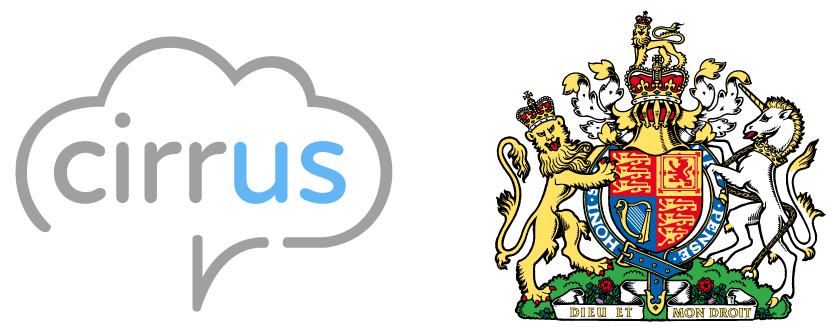More calls, more channels, more complexity, more stress. A recent study indicates more than half of agents are ‘Extremely’ or ‘Very Likely’ to leave a job without a remote work option. How can an agent first contact centre strategy support agents and help businesses achieve their goals?
An agent-first strategy really reflects the reality of the brand to customer relationship. Whenever a customer interacts with your brand by calling a customer service line, commenting on a social media post, or sending a chat message, it is an agent that will respond. The agents are directly on the front line and they define how customers see and experience your brand.
Agents are often undervalued when compared to more glamorous roles in sales and marketing, but these are the people that talk to your customers day in, day out. Not placing them at the heart of your customer service strategy and ensuring they have the tools, knowledge and performance of a trusted solution supporting them, wherever they are working, is a mistake.
Good agents can turn a complaining customer into a fan. They can turn problems into opportunities. They consistently create the voice of your brand and they create the moments of truth that keep your customers loyal and engaged.
Many brands talk of their customer-centric approach to service, but if you are not also focusing on your agents then this is very difficult to achieve. Agents need the right training and knowledge, but they also need to be supported with the best technology and most appropriate systems.
This is even more critical since the pandemic, because most customer service teams are no longer all working from a single location. With some agents at home, some in the office, and some in a WeWork or Regus-type environment there are new challenges.
Detailed product knowledge is just one example. When everyone was together in a single location then the guy with 20 years experience could always be called on to help with really complex problems – just by waving across the office to say help! If a team of 200 agents is now in 150 different locations this simple process has to be replicated virtually.
But, how can executives really know what agents need? You need to live and breathe their world. Talk to the team leaders and even answer calls for your own company if you want to see just how much your agents are doing to define how customers see your brand. A day on the phones will also give you a sense of what is really needed to support them.
When Alan Mulally joined the Ford Motor Company in 2008 the company was months from bankruptcy. His first actions were to meet customers in dealerships and regularly have lunch with factory-line engineers. Some customers unknowingly bought a new car from the CEO of Ford. How well do you know what your customers are asking and how your agents are able to help them?
Giving agents the right tools to do their job is about more than just helping them to deliver a great customer experience. It also accelerates the onboarding and training process. It ensures that agents feel more respected and have more control of their time – therefore it also reduces attrition. Agents that are frustrated because the tools they have are useless and the management doesn’t listen to anything will be scanning LinkedIn for new opportunities rather than thinking about how to delight the next customer.
Many of the industry analysts talk about hiring ‘super agents’ – the A-team that can go above and beyond traditional agents because of their deep domain knowledge and communication skills. I’d argue that if you hire a super agent and then expect them to cut and paste from Excel all day then your attrition problem will be the same as it always was. Give the best tools to great agents and they can all be super agents.
Placing agents at the heart of your contact centre strategy requires several different processes related to hiring, training, and building a strong culture with remote workers, but ultimately they need the tools to get the job done. Skip this and nothing changes.
To watch the complete video of our interview please click here. For more information on Cirrus and our products download our brochure.




